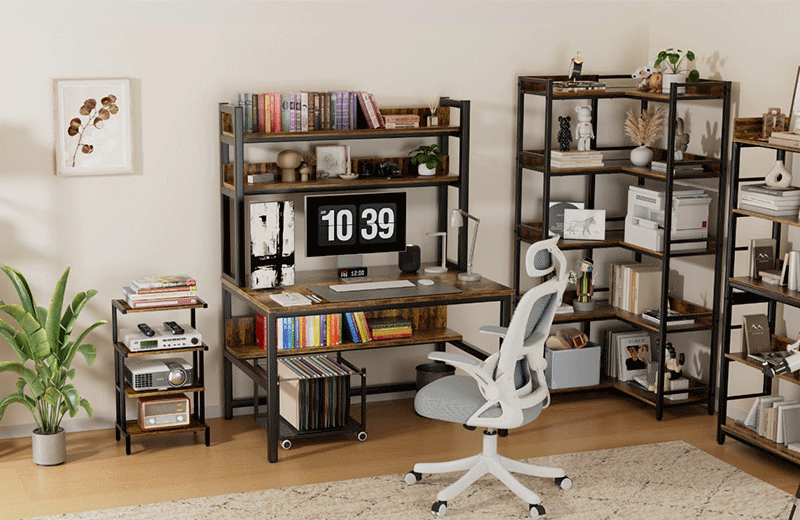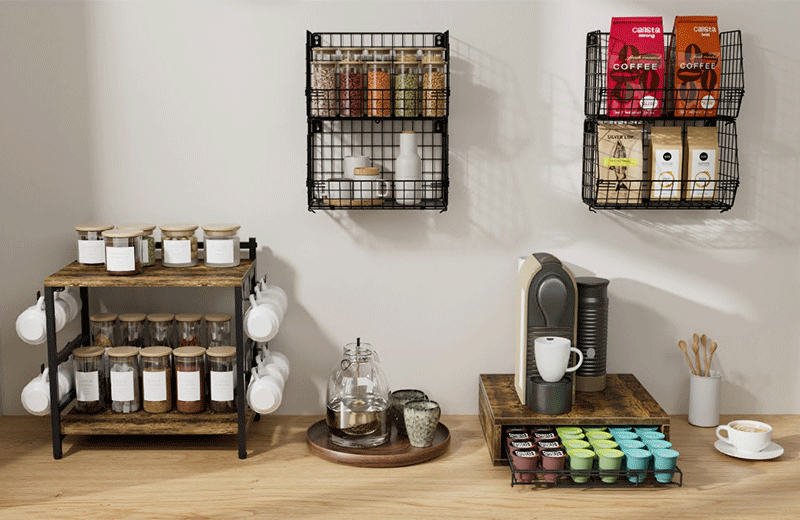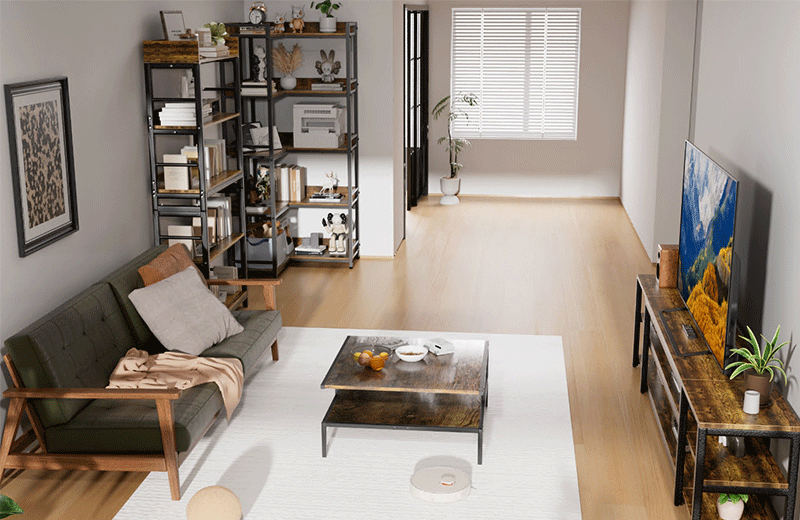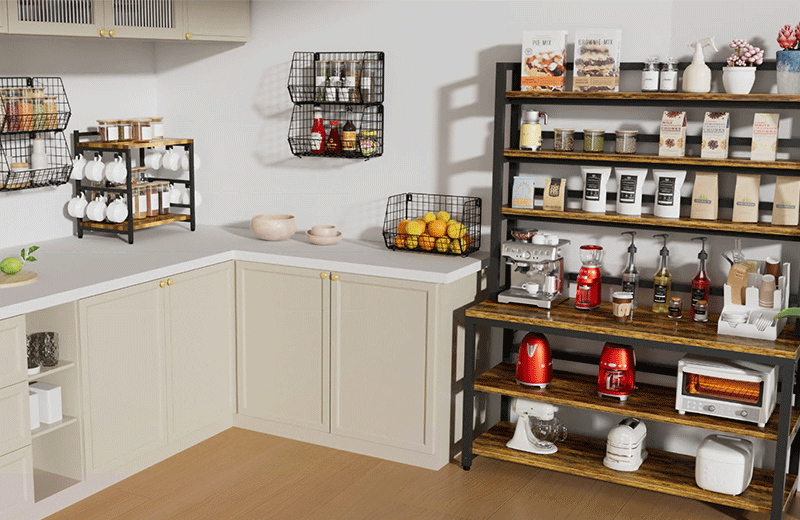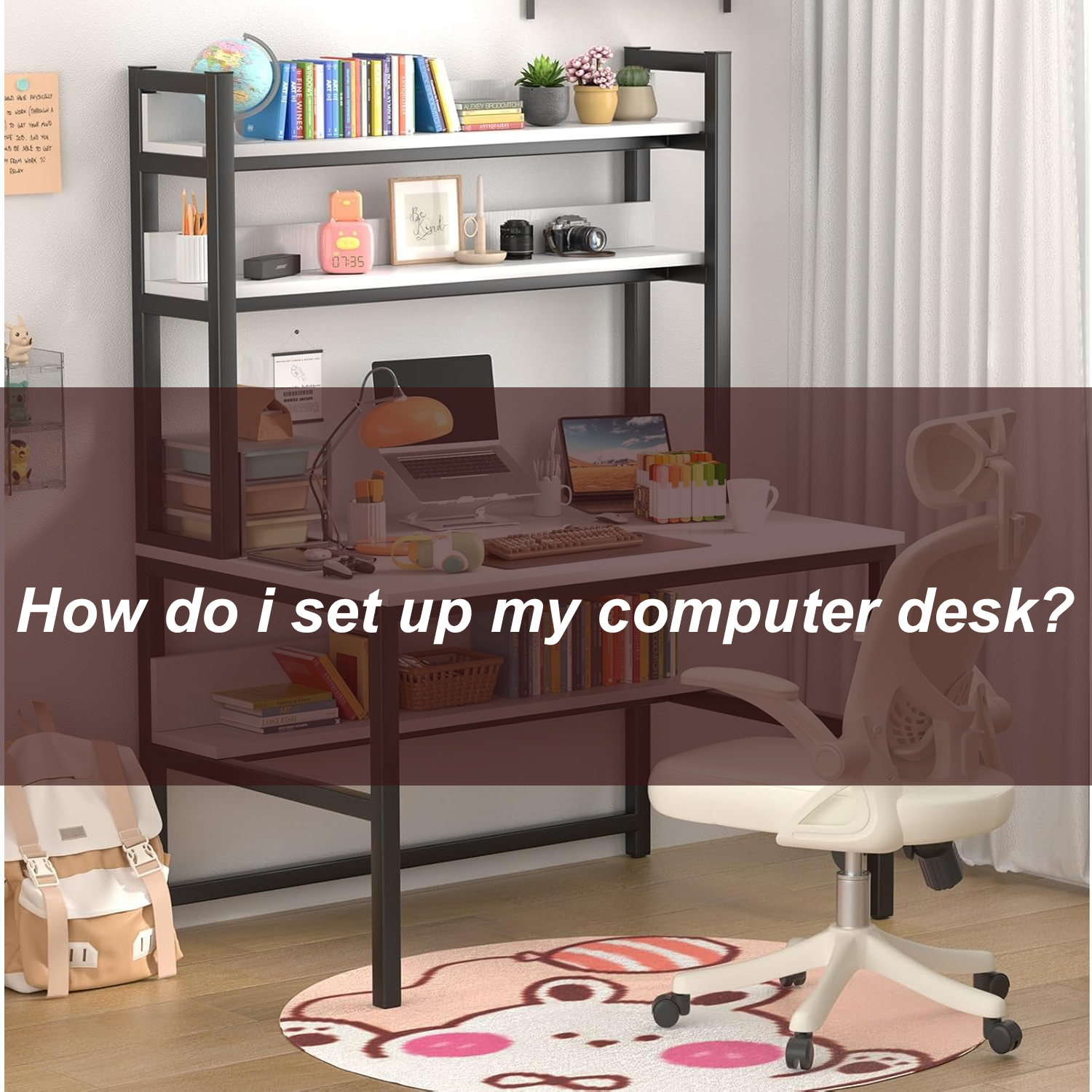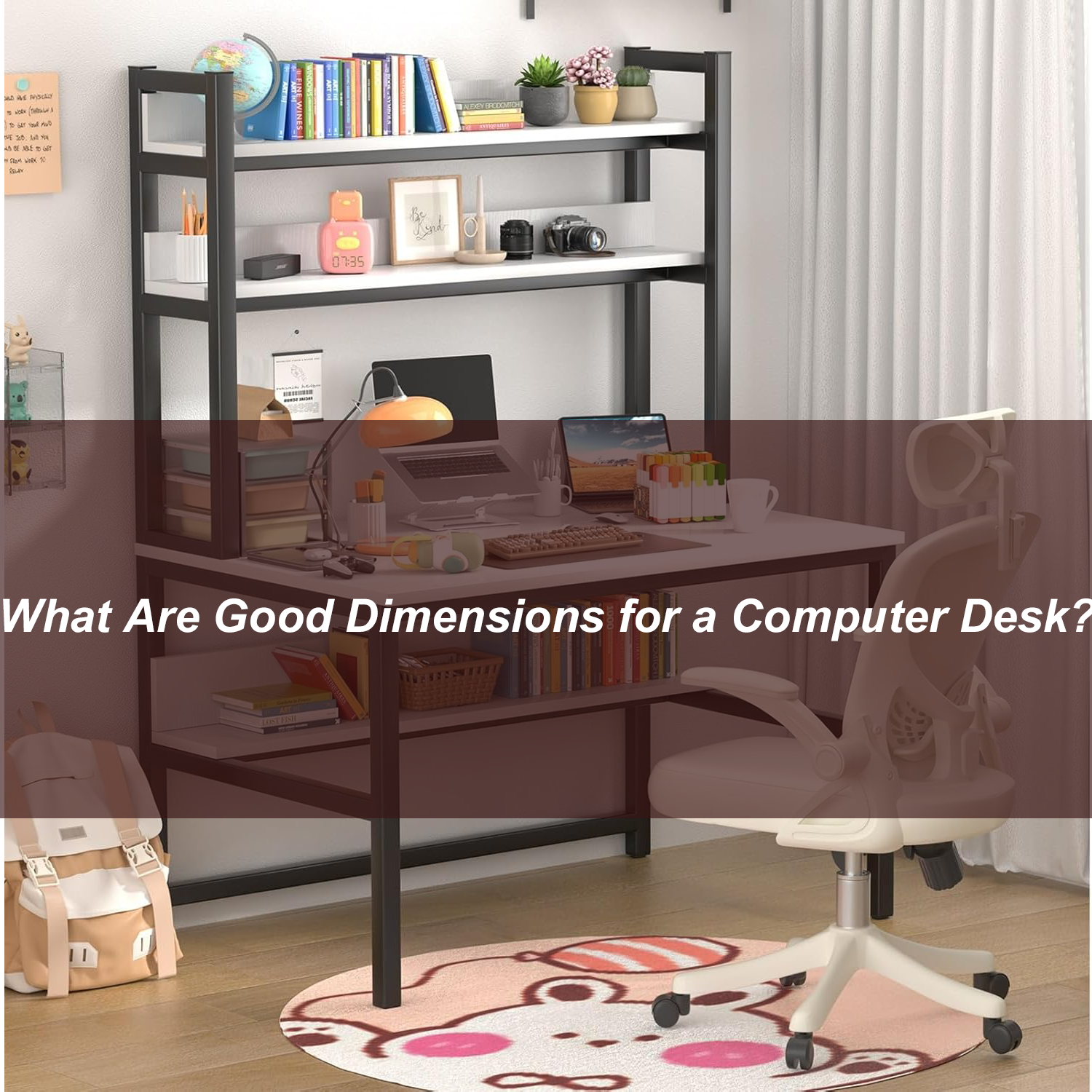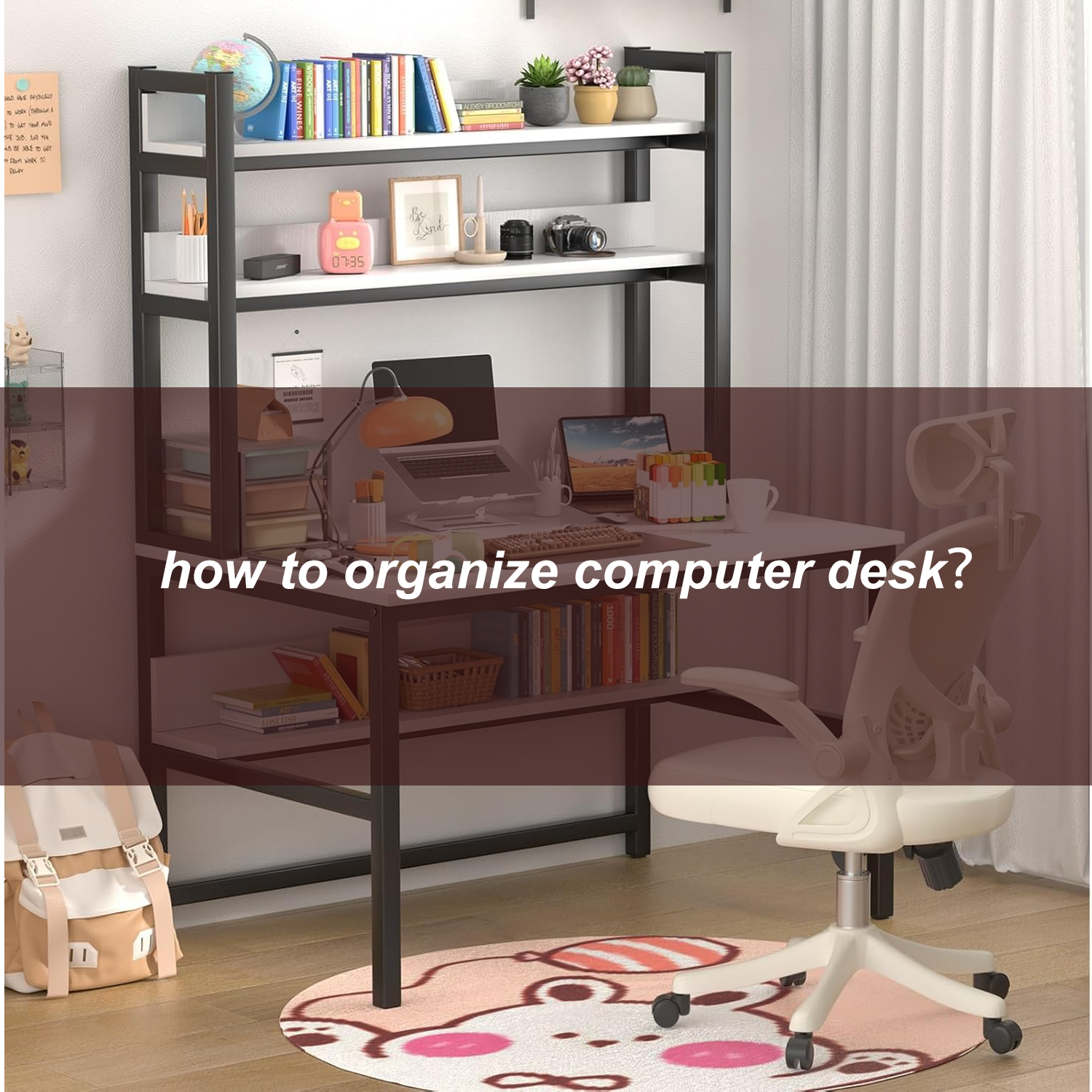Crafting the perfect computer desk setup is an art that blends functionality with comfort. Whether you're a remote worker, a gamer, or a student, a well-thought-out workspace can significantly enhance your productivity and ease physical strain. This guide will walk you through the essentials of setting up a computer desk that not only performs but also inspires.
1. Selecting Your Desk: The Cornerstone of Your Workspace
- Size: Choose a desk spacious enough for your monitors, peripherals, and other essentials.
- Material: Prioritize durability with materials like solid wood, metal, or premium MDF.
- Height: Opt for a height that allows your elbows to rest at a comfortable 90-degree angle during typing, with adjustable desks offering versatility.
- Design: Consider desks with storage solutions or cable management to maintain a sleek look.
2. Finding the Ideal Chair: Where Comfort Meets Support
- Lumbar Support: Essential for preserving the spine's natural curvature.
- Adjustability: Seek a chair with adjustable height, armrests, and backrest tilt for personalized comfort.
- Cushioning: A well-padded seat with breathable fabric is a must for long hours of sitting.
- Posture: Ensure your feet are flat on the floor and knees at a 90-degree angle for optimal posture.
3. Arranging Your Monitors for Visual Comfort
- Height: Align the top of the screen with your eye level to minimize eye strain.
- Distance: Keep the monitor approximately 20-30 inches from your face for clear viewing.
- Angle: Tilt the screen slightly upward to reduce glare and improve visibility.
- Multiple Monitors: Position in an arc or side-by-side to ease neck movement when switching views.
4. Positioning Your Keyboard and Mouse for Ergonomics
- Position: Place the keyboard centrally and the mouse within easy reach to prevent strain.
- Height: Adjust so your wrists are straight and arms form a 90-degree angle for typing.
- Ergonomics: Consider ergonomic accessories like wrist rests and specialized keyboards and mice.
5. Taming the Cable Chaos: A Neat Desk is a Happy Desk
- Cable Ties: Use to bundle and organize cables, reducing tangles.
- Cable Clips and Organizers: Attach to the desk's edge to keep cables in check.
- Under-Desk Trays: Hide power strips and excess cable length for a clean look.
- Labeling: Identify each cable to simplify maintenance.
6. Lighting Your Space: The Key to Reducing Eye Strain
- Natural Light: Position your desk near a window to harness the benefits of daylight.
- Desk Lamp: Choose an adjustable one with a soft white or warm light for focused tasks.
- Monitor Light Bars: Reduce screen glare and enhance visibility.
- Glare-Free: Arrange lighting to avoid reflections on your monitor.
7. Streamlining Storage for a Clutter-Free Zone
- Drawers: Utilize for storing frequently used items within arm's reach.
- Shelves: Install above or beside your desk for books, decor, or supplies.
- Desktop Organizers: Keep essentials like pens and sticky notes neatly stored.
- Declutter Regularly: Periodically assess your desk and remove any unnecessary items.
8. Personalizing Your Workspace: Make It Your Own
- Decor: Bring life to your space with plants, photos, or artwork.
- Color Scheme: Select colors that promote focus and tranquility, such as blues and greens.
- Accessories: Personalize with mouse pads or desk mats that reflect your style.
9. Health-Centric Accessories: Investing in Your Well-being
- Monitor Stands: Elevate your screens for better eye alignment.
- Footrests: Provide foot support and improve posture.
- Standing Desks: Encourage movement with the option to stand and work.
- Anti-Fatigue Mats: Offer comfort when standing for extended periods.
10. Tech-Friendly Setup: Meeting Your Digital Needs
- Power Access: Ensure proximity to power outlets or use a surge-protected power strip.
- Docking Stations: Simplify connections for laptops and accessories.
- Audio Equipment: Position speakers and headphones for easy access and quality sound.
- Connectivity: Verify a strong Wi-Fi signal and keep cables organized and accessible.
11. Fine-Tuning Your Setup: A Work in Progress
- Comfort Check: Test the setup to ensure everything is within reach and correctly aligned.
- Ergonomics: Adjust your posture and equipment to eliminate strain on your neck, back, and wrists.
- Efficiency: Experiment with the arrangement to optimize your workflow.
Conclusion: Setting up your computer desk is more than just placing equipment; it's about crafting a space that nurtures productivity, health, and personal expression. By following these steps, you can create a workspace that you'll look forward to occupying each day.

